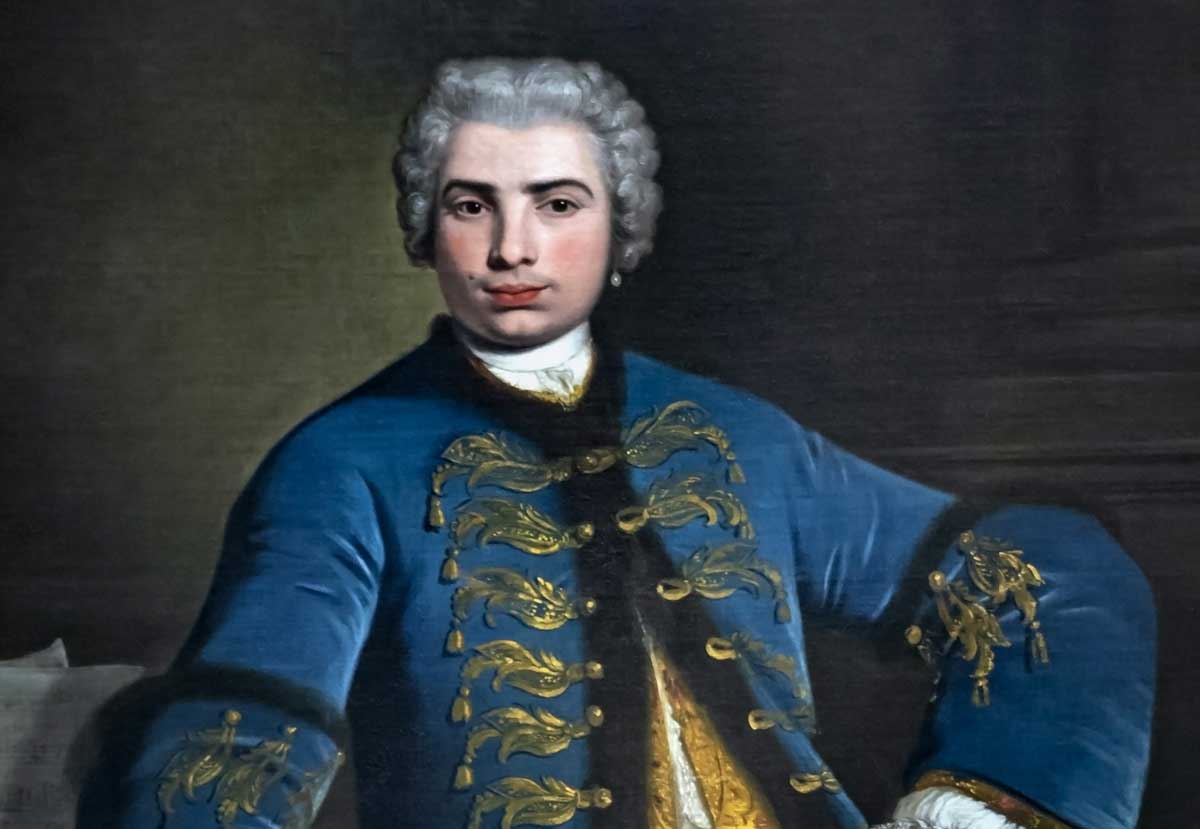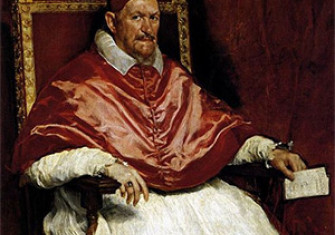Pius X ends use of Castrati
The Pope, in a bull of 22 November 1903, ended the use of the male singers in the Sistine Chapel, who had previously dominated men’s opera.

Eunuchs had long sung in the Byzantine church, but it isn’t until the 1550s that castrati appear in western Europe. The first known to enter the Sistine Chapel choir was a Spaniard in 1562; Pope Sixtus V authorised their recruitment in 1589.
By the end of the 17th century castrati dominated men’s opera. They were international stars: one leading castrato, Farinelli, was earning £5,000 a year in England alone by 1737, the same year he began receiving 1,500 guineas a year from Philip V of Spain.
But the practice of castrating young boys who might or might not become successful singers – always theologically dubious – became increasingly embarrassing. By 1770, the English musicologist Charles Burney was noting that Italians ‘are so much ashamed of the practice of making them that every single city says it is not there, but names some other place’.
Fashions changed, too. Stendhal, visiting St Peter’s in August 1817, dismissed the castrati he heard as ‘a flock of sacred capons screeching their heads off in some hidden hen-house’.
Pius X, in a bull of 22 November 1903, ended their use in the Sistine Chapel and the last castrato, Allessandro Moreschi, died in 1921. He is the only castrato to have been recorded, but do those recordings capture the quality of voice that Europe adored for centuries? Probably not.





